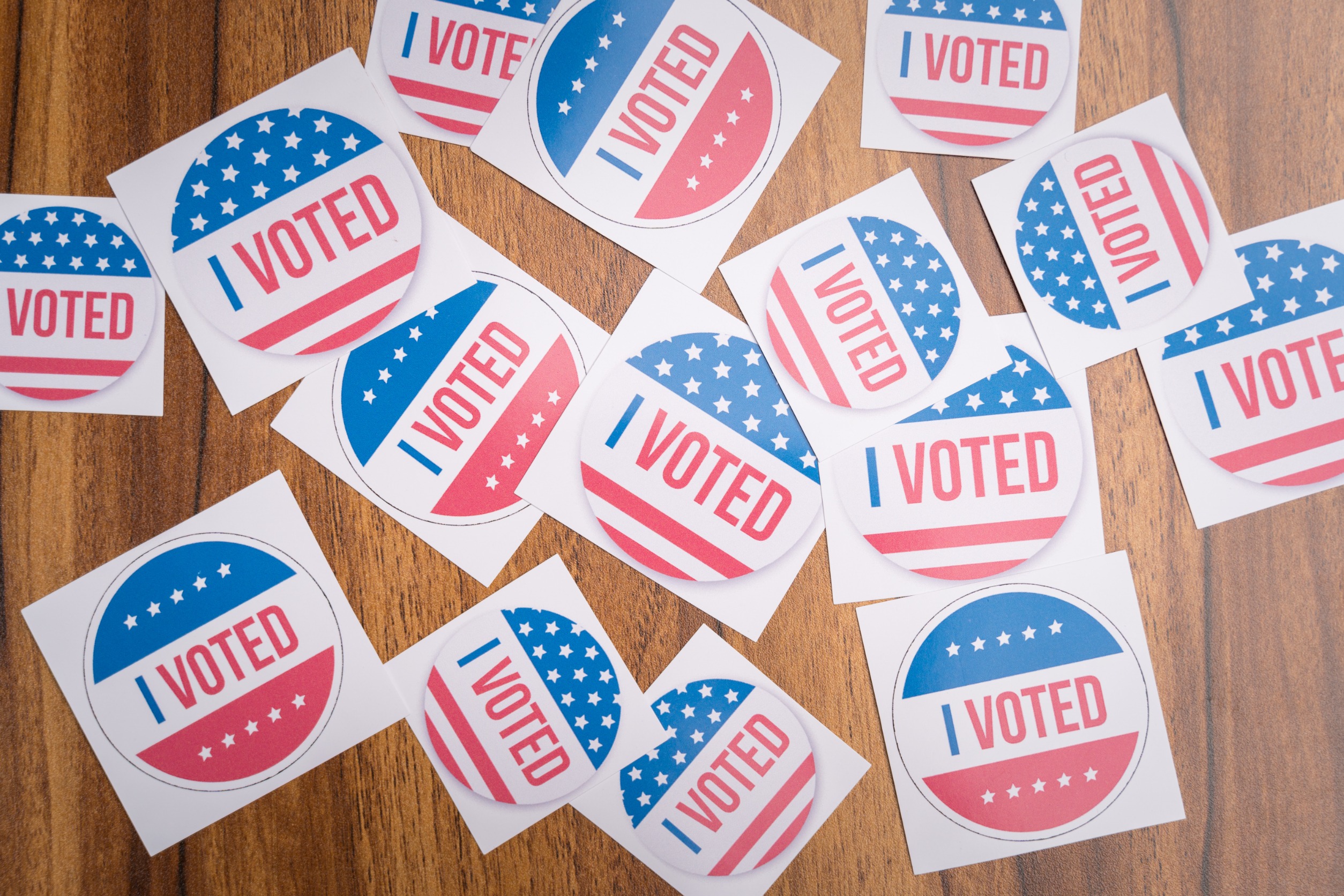Net neutrality is the principle that all content on the Internet should be treated equally by Internet service providers (ISP). In other words, an ISP should be allowed to charge additional fees for the type of content you watch or access.
Until 2017, net neutrality was the norm in America, but the government stood with the FCC and repealed it under the premise that it would “benefit both consumers and ISP ‘s alike”. Under federal law, the cost of using the Internet was no longer standardized.
A year later a consortium of online advocacy groups and attorneys general from 22 states filed a case against the FCC for attempting to strip the rights that each state has in regulating net neutrality as they see appropriate within state borders. Through this appeal, the court ruled last week to restore each state’s power to regulate their internet policies as they see fit. While the court did uphold most of the FCC’s decisions on net neutrality, the FCC is no longer allowed to regulate on the state level.
This ruling paints a bleak picture for ISP’s and one they were surely trying to avoid after the repeal of net neutrality: an uneven regulatory landscape where each state has drastically different rules for Internet access. Although the final ruling does not mark an absolute victory for net neutrality advocates, the future of net neutrality is looking better.












